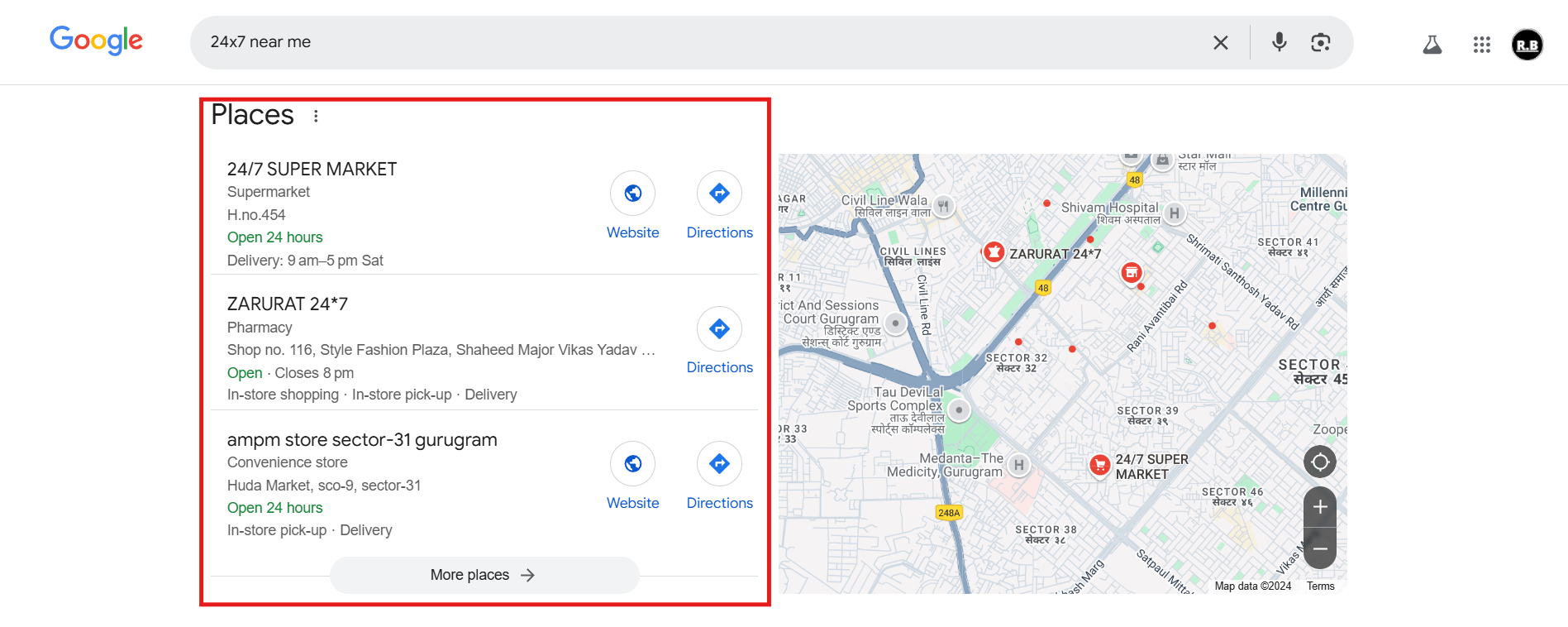What is Local SEO, and How Does It Work?

In today’s digital world, having a strong online presence is essential for businesses of all sizes. For local businesses, the key is to be visible to the right audience in the right location. This is where Local SEO comes in. Local SEO optimizes your online presence to attract more business from local searches on Google and other search engines.
Local SEO involves several strategies:
- Optimizing Google My Business listings
- Building local citations
- Acquiring local backlinks
- Creating localized content
By implementing these strategies, you can increase your visibility and drive highly relevant traffic to your site, leading to more leads and sales. Local SEO is vital for local businesses to reach potential customers when they are ready to make a purchase, maximizing conversion and growth.
What is Local SEO?

Local SEO (Search Engine Optimization) is a digital marketing strategy aimed at optimizing your online presence to attract more business from relevant local searches. These searches take place on Google and other search engines. Local SEO helps businesses promote their products and services to local customers at the exact time they’re looking for them online.
How Does Local SEO Work?
Local SEO works through a combination of on-page and off-page activities that focus on enhancing your local presence. Here’s a breakdown of how it works:
Google My Business (GMB) Optimization
- Claim and verify your GMB listing: This is the first step to ensure your business appears in local search results and on Google Maps.
- Ensure your business information (name, address, phone number) is accurate: Consistency is key across all platforms.
- Add high-quality photos and update your business hours: Make your listing appealing and up-to-date.
- Encourage and respond to customer reviews: Engage with your customers and build trust.
Local Citations
- Ensure your business is listed on local directories and online business listings: Examples include Yelp, Yellow Pages, and local chambers of commerce.
- Consistency in NAP (Name, Address, Phone Number) across all platforms: This helps avoid confusion and builds credibility.
On-Page SEO
- Optimize your website’s content with local keywords: Use these keywords in title tags, meta descriptions, headers, and body content.
- Create localized content: This can include blog posts, news articles, or event announcements that cater to your local audience.
Local Backlinks
- Acquire backlinks from local websites, directories, and blogs: This can improve your site’s authority.
- Participate in local community events and sponsorships: Gain links and recognition from local sources.
Mobile Optimization
- Ensure your website is mobile-friendly: Many local searches are conducted on mobile devices, so a responsive design is essential.
Local Schema Markup
- Use schema markup to help search engines understand your business information better: Add structured data to your website for local business, events, products, and reviews.
Reviews and Ratings
- Actively seek reviews from customers on your GMB listing and other review platforms: Positive reviews can improve your ranking.
- Respond to reviews to show engagement and build trust: Whether positive or negative, responding shows you care about customer feedback.
How to Do Local SEO?
Set Up Google My Business
- Create or claim your business listing on Google My Business: Go to Google My Business and follow the steps.
- Fill out all the details accurately and completely: Include relevant categories, photos, and a detailed business description.
Optimize Your Website for Local Search
- Use local keywords in your website content: Incorporate these keywords naturally throughout your site.
- Create location-specific pages if you have multiple locations: This helps each location rank in its respective area.
- Ensure your contact information is prominently displayed: Make it easy for customers to find and contact you.
Build Local Citations
- List your business on local directories: Examples include Yelp, Yellow Pages, and local chambers of commerce.
- Ensure consistency in your NAP information across all listings: This builds credibility and avoids confusion.
Get Local Reviews
- Encourage satisfied customers to leave reviews on Google and other review sites: Positive reviews can boost your ranking.
- Respond to all reviews, positive or negative, professionally and promptly: This shows you value customer feedback.
Create Local Content
- Write blog posts or articles about local events, news, or topics related to your business: Engage your local audience.
- Share success stories and case studies of local customers: This builds local credibility and trust.
Engage with the Local Community
- Participate in local events and sponsorships: Build your brand’s presence in the community.
- Join local business groups and chambers of commerce: Network with other local businesses and potential customers.
- Engage with local influencers and bloggers: Their endorsements can help expand your reach.
Use Social Media
- Promote your local content on social media platforms: Engage with your local audience by sharing community news and events.
- Engage with your local audience by sharing community news and events: This keeps your audience informed and engaged.
By following these steps and continually optimizing your local SEO efforts, you can improve your visibility in local search results and attract more customers from your area.

